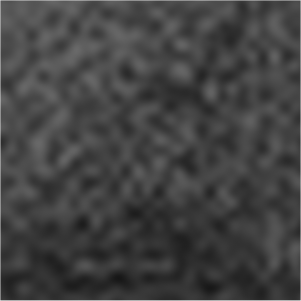10-17 meters = 10 attometers

10-17 meters = 10 attometers |

|
Protons and neutrons, particles that make up the nucleus of atoms, are not elementary particles but are made up of three quarks. In the case of the proton, there are two up quarks and one down quark. This combination of up and down quarks gives the proton its +1 charge and a spin of 1/2. The strong force, according to the Chromoelectrodynamics theory developed by Murray Gel Mann, binds the three quarks inside the proton. The force particles that moderate the strong force (similar to the photon that moderates the electromagnetic force) are called gluons.
Gluons provide a force that increases rapidly with distance but drops off rapidly at distances greater than the diameter of a nucleus. Within the proton, quarks appear to move about freely and not take up a lot of the space inside a proton. However, when scientists try to separate individual quarks from within the proton, the gluon force increases to prevent this separation. It takes so much energy to separate a quark from within the proton that another particle is created in the process, and all the quarks remain bound. No one has ever successfully separated a single quark in any experiment.
Quarks are believed to come in three 'colors,' red, green, and blue (not related to the colors we see). There are 8 gluons that moderate the color force in such a way that the proton, or any other composite particle made from quarks, must be colorless. One of the three quarks within a proton must be green, one must be red, and one must be blue, making the composite colorless. The gluons provide a force that enforces this requirement.